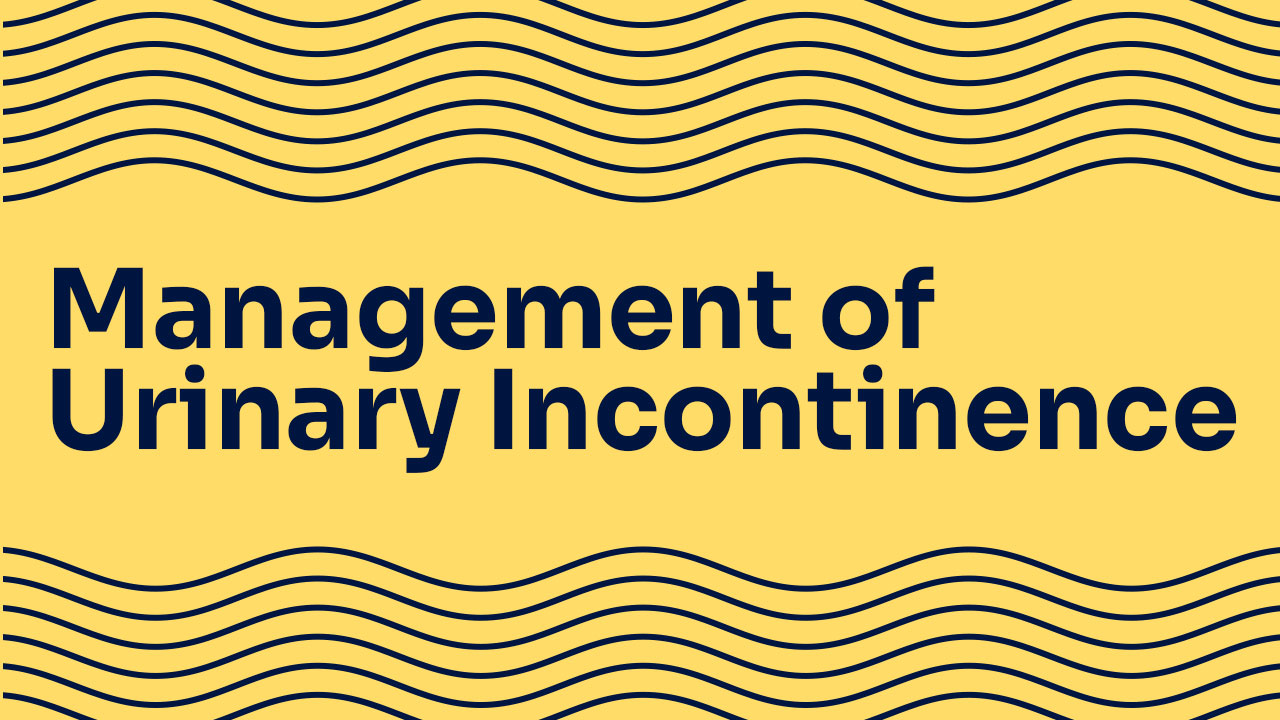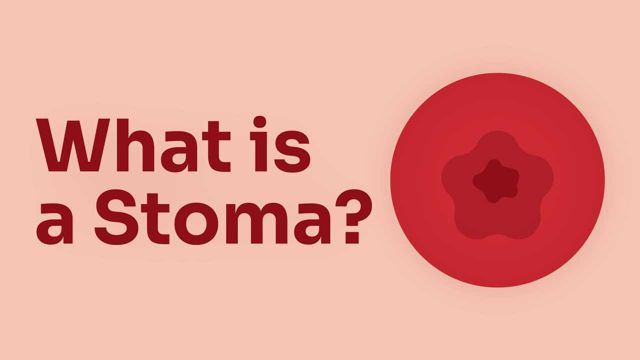Management of Urinary Incontinence


This Ausmed Course covers the sensitive, yet important, topic of how to best manage urinary incontinence, both personally and in community settings such as the home and residential aged care facilities.
Content
What you'll learn:
Identify the key components of an individualised management plan to improve patient outcomes through targeted management strategies.
Develop a management plan in conjunction with the patient and/or their carer to identify factors that will diminish the risk of disease progression.
Link aspects of the management plan to success in management and/or improvement of the patient’s condition.
Effectively review, evaluate and modify the management plan to ensure ongoing compliance and improvement to the patient’s incontinence.
Who it's for:
Why it's needed:
Management of urinary incontinence in the community setting is an imperative in which healthcare professionals play an integral role. Outcomes from urinary incontinence is indicated in the research as:
- A predictor of falls
- Institutionalisation
- Diminished quality of life health outcomes
- Skin breakdown
- Incontinence-associated dermatitis
- Urinary tract infections.
In managing this symptom-based disorder, healthcare professionals need to consider all aspects of the person’s life, the diagnosis made at assessment and how to tailor an individualised plan to meet the person’s needs and capabilities. Once these principles have been applied to the person, then quality of life health outcomes will improve.
Purpose:
Topics
Assign mandatory training and keep all your records in-one-place.
Find out more
Recommended resources










 New
New